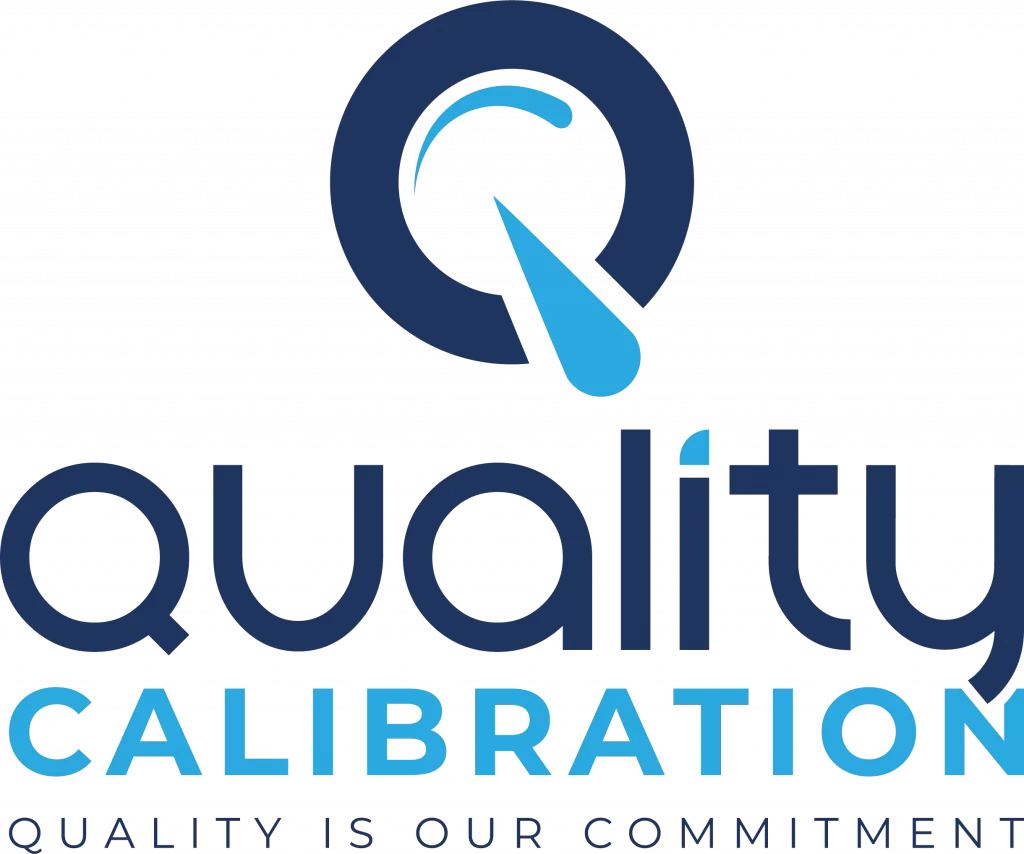Introduction to Calibration Certificates
Calibration certificates play a vital role in ensuring the accuracy and reliability of laboratory equipment. These certificates are official documents that provide essential information about the calibration process undergone by specific instruments and devices used in laboratories. By detailing the calibration results and measurements, they offer an assurance that the equipment is operating within the required standards and tolerances. In this article, we will delve into the significance of calibration certificates and their impact on laboratory operations.
Understanding Calibration Processes
Calibration is the process of comparing the measurement accuracy of an instrument to a known reference standard. It ensures that the readings produced by the equipment are accurate and dependable. There are various methods of calibration, each with its advantages and purposes.
Types of Calibration Methods
- Traceability to National Standards: This method involves comparing the laboratory equipment to measurements taken with reference to national or international standards. It establishes a chain of traceability, ensuring the accuracy of the measurements.
- Regular Calibration vs. Accredited Calibration: Regular calibration may be performed in-house, but accredited calibration involves third-party calibration laboratories. Accredited calibration offers a higher level of credibility as it follows specific quality standards and is traceable to internationally recognized bodies. Contact Quality Calibration Solutions – Calibration Lab in Bangladesh for any calibration needs.
- In-house Calibration vs. Outsourcing Calibration: In-house calibration allows laboratories to perform calibration themselves, while outsourcing calibration involves sending equipment to external calibration providers. The choice between in-house and outsourcing depends on the laboratory’s capabilities and resources.
Calibration Frequency and Intervals
The calibration frequency depends on various factors, such as the equipment’s usage, environmental conditions, and the manufacturer’s recommendations. Some instruments may require frequent calibration due to their sensitivity, while others may have longer calibration intervals.
Elements of a Calibration Certificate
A calibration certificate typically includes the following key elements:
- Identification and Description of the Equipment: The certificate should specify the equipment’s unique identification number, model, and serial number, along with a brief description of the equipment.
- Calibration Date and Due Date: The certificate should clearly state the date when the calibration was performed and the next due date for the next calibration.
- Calibration Standards Used: The reference standards or instruments used during the calibration process should be listed to establish traceability.
- Measurement Uncertainty: The certificate should mention the uncertainty associated with the calibration results, indicating the range within which the true value is likely to lie.
- Calibration Results and Tolerances: The certificate should present the calibration results, showing how the equipment deviates from the reference standards, along with the acceptable tolerances.
- Calibration Procedure and Methodology: A brief description of the calibration procedure and methodology employed should be included.
- Name and Signature of the Calibrating Technician: The certificate should bear the name and signature of the technician who performed the calibration, ensuring accountability and traceability.
- In case you don’t know the requirements for certification, read Calibration Certificate Requirements: Ensuring Accuracy.
Importance of Calibration Certificates
Calibration certificates hold significant importance in the laboratory setting for several reasons:
- Ensuring Accuracy and Reliability of Laboratory Results: Calibration ensures that laboratory instruments produce accurate and reliable data, leading to high-quality research and analyses.
- Compliance with Quality Standards: Many laboratories need to comply with international quality standards, such as ISO 17025, which require calibrated equipment and documentation.
- Traceability and Metrological Traceability: Calibration certificates establish a traceable path to national or international measurement standards, ensuring the validity of measurements and promoting confidence in the laboratory’s data.
The Calibration Process and its Impact on Laboratory Accreditation
Calibration certificates play a crucial role in achieving and maintaining laboratory accreditation. Accreditation bodies require laboratories to have a robust calibration system in place to ensure the accuracy of measurements. Proper calibration documentation is essential during accreditation audits to demonstrate compliance with quality standards.
Handling Out-of-Tolerance Conditions
In cases where equipment fails calibration or exhibits readings outside acceptable tolerances, prompt action is necessary. The equipment should be removed from service, and recalibration should be scheduled immediately. Calibration certificates should be reissued after successful recalibration to reinstate the equipment’s validity.
Tips for Understanding Calibration Certificates
Interpreting calibration certificates may seem complex, but the following tips can help with comprehension:
- Pay attention to measurement uncertainty values and their implications for the accuracy of the readings.
- Verify the calibration date and ensure it falls within the required calibration interval.
- Confirm that the calibration was performed by an accredited and qualified technician.
Best Practices for Calibration Management
To optimize calibration processes, laboratories can implement the following best practices:
- Utilize Calibration Management Software: Specialized software can aid in organizing and scheduling calibration activities, ensuring that equipment is calibrated on time.
- Create a Calibration Schedule and Tracking System: A well-defined schedule helps ensure that no equipment is overlooked during the calibration process. A tracking system can help manage calibration records efficiently.
Bottom Line
Calibration certificates are crucial documents that validate the accuracy and reliability of laboratory equipment. By understanding the significance of calibration and ensuring proper calibration practices, laboratories can uphold the integrity of their research and analyses, meet quality standards, and maintain their accreditation status. Calibration certificates are the cornerstone of confidence in laboratory measurements and play a pivotal role in the pursuit of scientific excellence.
Instruments we Provide Calibration Certificates

Md. Hasan Ibrahim is a Technical Manager at Quality Calibration with extensive experience in the calibration sector since 2015. Holding a Bachelor of Science degree in Mechanical Engineering from Khulna University of Engineering & Technology (KUET), he has received training from various national and international organizations including CSIR-CMERI, QSI, BAB, NML-BSTI, memmert, and X-rite. With expertise in ISO/IEC 17025 assessment, method validation, metrological traceability, and uncertainty, he has successfully completed numerous calibration projects across diverse industries such as pharmaceuticals, food & beverage, oil & gas, textiles & garments, power plants, batteries, chemicals, hospitals & healthcare, and private universities.


